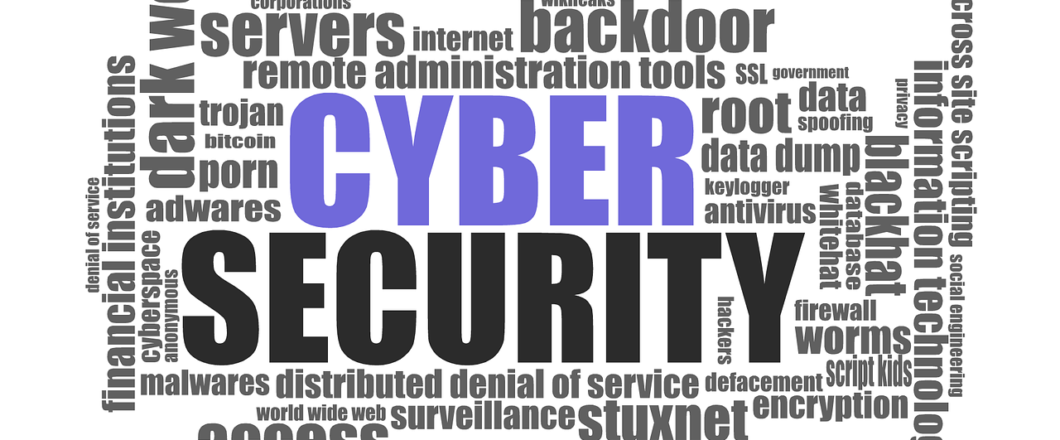
In a shock move, U.S. Defense Secretary Pete Hegseth has ordered Cyber Command to stop all cyber operations against Russia.
The Shift in Policy
On February 28th 2025, Secretary of Defense Pete Hegseth issued a directive ordering US Cyber Command to immediately call off all offensive cyber operations which target Russia. This order was communicated directly to Cyber Command’s leader, Gen. Timothy Haugh, who then instructed his teams to stand down. It was a decision which reportedly took many within the Department of Defense by surprise. Many ongoing cyber operations against Russian state-sponsored hacking groups had been in progress for some time, so the increased risk of cyberattacks was a major concern.
Established in 2010, Cyber Command has played a key role in US cybersecurity strategy for 15 years. From protecting cyberspace through to disrupting Russian cyber threats and state-backed hacking campaigns, Cyber Command has played a major role in preventing attacks which have targeted government infrastructures and private companies. It’s important to note, however, that while Cyber Command’s operations against Russia have been put on hold, other US intelligence agencies are still permitted to monitor and collect information on Russian activities online.
Why Were US Cyber Operations Stopped?
Hegseth’s directive has caused equal measures of concern and intrigue. It was a move which no one saw coming and the objectives remain unconfirmed. The main reason behind the decision appears to be a shift in foreign policy by the new administration. President Donald Trump has long been open about his desire to build diplomatic bridges with Russia, which have been tense since Moscow’s 2022 invasion of Ukraine. Trump has promised his electorate he will put a swift end to the war in Ukraine but appears to be taking the side of Russia by blaming the conflict on Ukraine.
Many suspect that, by ending cyber operations against Russia, the US administration aims to demonstrate an end to hostilities between the two nations, with the Kremlin benefitting significantly from this act of goodwill. Nonetheless, many critics are arguing that this move weakens the defenses of the US and encourages Russia to continue its cyberattacks without consequence.
Is US Cybersecurity Now at Risk?
The ramifications of this controversial decision have the potential to be far-reaching. National security has long relied on cyber strategies and operations to protect US interests. Russian cyberattacks have been plentiful in recent years, with 2024 seeing Russian hackers striking critical US infrastructures. Accordingly, the ongoing presence of Cyber Command has been crucial in countering Russian attacks in the digital landscape. Experts fear that suspending these activities could have several consequences:
- Increased Russian Cyber Threats: Initiating offensive cyber operations helps to neutralize Russian hacking groups by disrupting their networks and exposing their tools. With these interventions now halted, hacking groups will be able to relax and operate more freely.
- Weakened Infrastructure Defenses: Almost all major infrastructures within the US rely on digital access, putting them at risk of external threats. Therefore, with their cyber defenses weakened, power grids, financial institutions, and government agencies are all at an enhanced risk of foreign attacks.
- Impact on Ukraine and NATO Allies: The US has, until now, been providing valuable cyber assistance to Ukraine and its NATO allies. This has helped them defend against Russian cyberattacks and minimize damage. But this policy change will undoubtedly reduce support, leaving allies more exposed to cyberattacks.
- Potential Future Implications: By relaxing cybersecurity efforts against Russia, the US could easily be seen as going light on Russia’s aggressive cyber activity. Russia, meanwhile, could perceives this as a sign of US weakness and take advantage by increasing their cyber activities against the US government.
What Has the Reaction from the Digital Community Been?
Understandably, this news story has caused major debate amongst politicians, journalists and commentators in the digital community. Strong opinions have been voiced, and the internet has been ablaze with polarizing comments.
Lawmakers from Congress have criticized the decision and compared it to removing the military’s ability to defend itself against aggressive action in war. At the same time, cybersecurity experts have condemned the move and pointed at the obvious fact that Russia now has free rein to target critical infrastructure in the US. Commentators on Reddit have been much harsher, with conspiracy theories swirling that Russian executives have infiltrated the Trump administration.
The Immediate Future of US Cybersecurity and Russia
For now, Cyber Command is following orders and has ceased its offensive operations. However, it remains unclear whether this is a temporary move or part of a long-term strategy. If Russian cyber activity increases significantly, surely there will be a change in policy. Only time will tell.
For more ways to secure and optimize your business technology, contact your local IT professionals.
Read More














